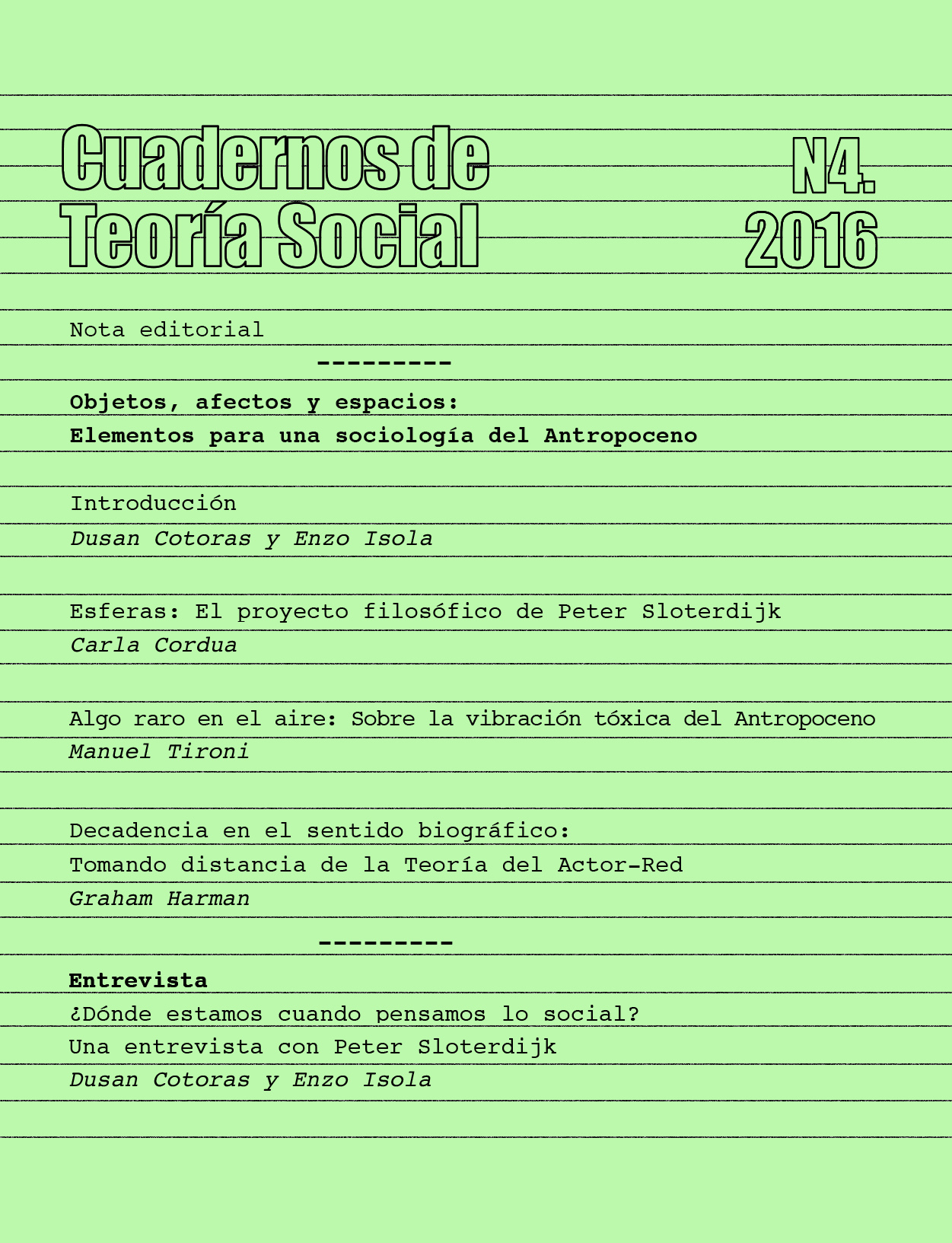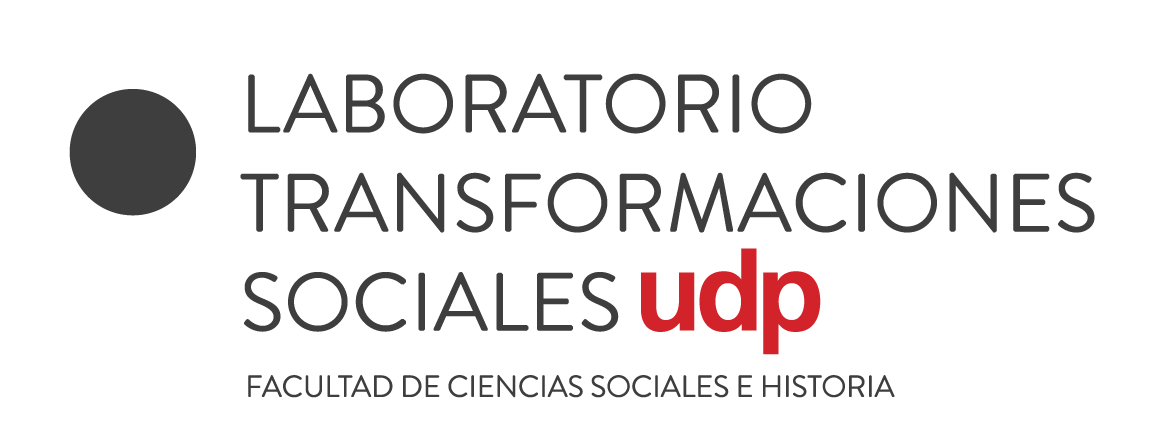Something Strange in the Air: On the Toxic Vibration of the Anthropocene
DOI:
https://doi.org/10.32995/0719-64232016v2n4-26Keywords:
Puchuncaví, Toxic vibration, Affective atmospheres, AnthropoceneAbstract
Puchuncaví is a territory on the central coast of Chile sadly known for the intensity of its industrial pollution. There, human life is marked by a somatic experience as persistent as it is ambiguous: that of feeling something strange in the air ⎯literally, the experience of an atmosphere that envelops, irritates and oppresses. It is a tenuous affectation that barely surpasses the threshold of perception, but nevertheless systematically encrypts the sensory phenomenology of the area's inhabitants. But what exactly is it that is felt in Puchuncaví? Halfway between an ethnographic log and a theoretical speculation, in this brief essay I explore one possibility: that what is felt in Puchuncaví is, more than mere suspended toxins, a vibration ⎯an energy field composed in equal parts of chemical processes and moods, poisonous metalloids and chronic neglect, a chemosphere and a psychosphere forming a particular toxic envelope. This rarefied air of Puchuncaví confronts us with two theoretical imperatives. First, it invites us to think of moods and affects as somatically apprehensible objects, and therefore to revise the separation between psyche and body. And second, the vibrational field of Puchuncaví invites us to think about the conditioning capacities of industrial capitalism and about the Anthropocene as the construction of a particular type of atmospheric mood.
Downloads
Published
How to Cite
Issue
Section
License
Copyright (c) 2016 Manuel Tironi

This work is licensed under a Creative Commons Attribution-NoDerivatives 4.0 International License.

Este obra está bajo una licencia de Creative Commons Reconocimiento-NoComercial-CompartirIgual 4.0 Internacional.



